Wang Consulting on how will we relate to clothing and our bodies in the future.
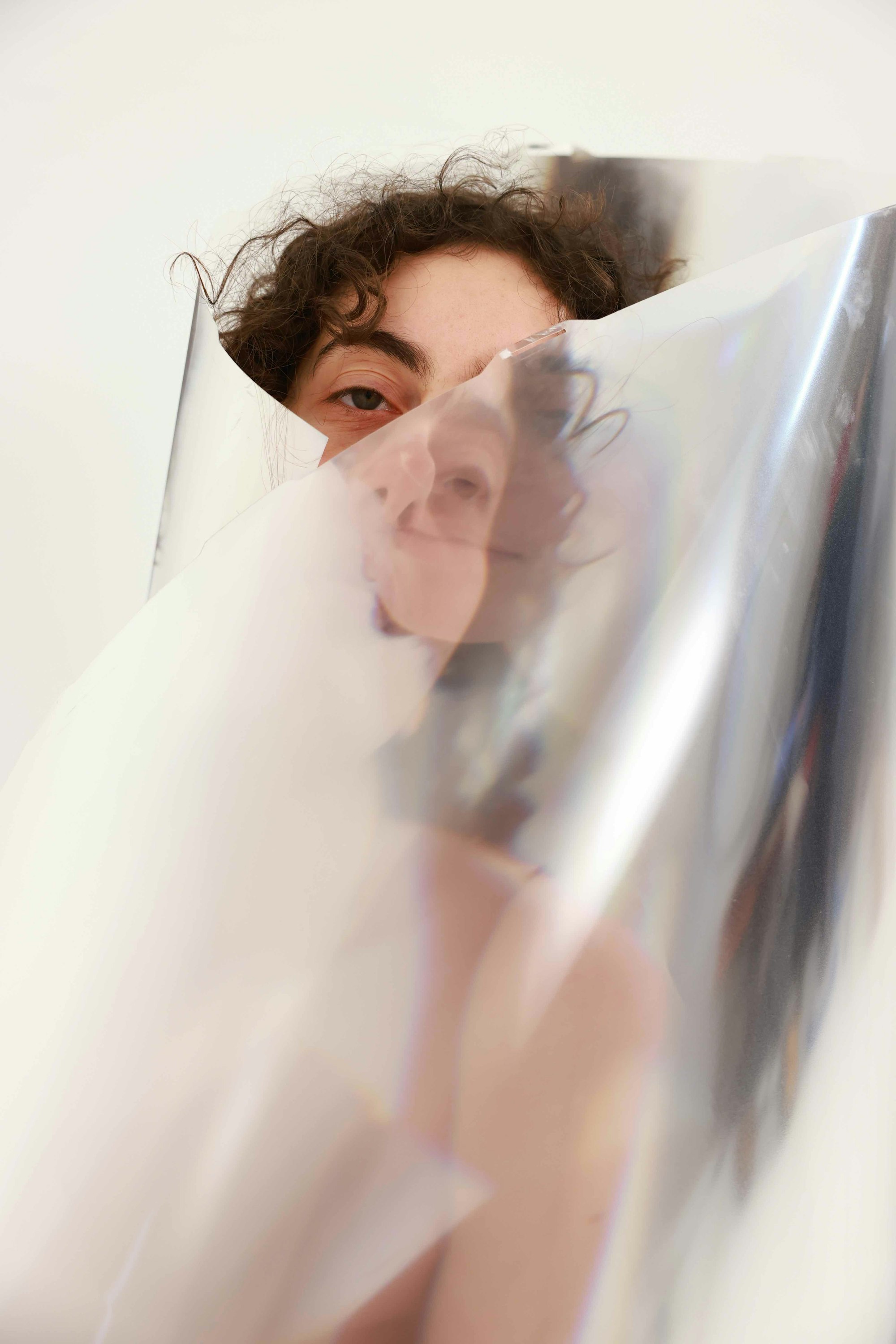
How will we relate to our bodies in the future? As we become more and more permeable to technology, what does it feel like to be in your own skin? Is there a utopian promise in clothing? Is there one in shedding it? Future Archives spoke to artists Joëlle Laederach and Sabrina Seifried, collaborating as Wang Consulting, about their work Uncovers, which was supported by the Kemmler Foundation. Uncovers is a latex collection inspired by the utopian history and future of nudity, exploring the role of the body within the merging realms of nature and technology. It was presented at Salon am Moritzplatz in the fall of 2022, accompanied by a performative reading from Philipp Simon's novel Natur.
In 2015 Wang was the most common name in the world according to Wikipedia.
Kemmler Foundation: Wang consulting is the name for your collective projects. Is there a special meaning to the name?
Wang Consulting: In 2015 Wang was the most common name in the world according to Wikipedia. The choice of name comes from an interest in anonymity in favour of content, as well as leaving room for various collaborators to step in and out of the project. Any work, whether it is a garment, a sculpture, a photography includes preceding production processes. Wang stands for the often unknown former work(ers) facilitating our work (whether by choice or not) as well as the ones being involved presently.
What about the Consulting part?
Consulting was an unprotected term that popped up around that time and sounded very professional. Working independently and creatively often leaves us questioning work and professionalism in itself, since we don’t get confirmation in the shape of employment contracts and monthly pay checks. There might also be a pinch of irony in choosing this business term considering that the majority of the artistic practices don’t pay off financially.
You share a background in fashion and costume design. Where do you situate your collaborative work in between the spheres of art and fashion? Is this even a relevant distinction for you?
Wang: We understand our practice as something fluid and dynamic that spills over from one area to another. Therefore sometimes our work fits more in one place, at other times it belongs more to another. Unfortunately such flexibility is still rare in (western) working environments. On that account we are sometimes forced to choose one field over another - which feels incomplete as a position and leads to having several CVs and portfolios that emphasise the focus of our work in different ways, depending on what is wanted and needed at the moment.
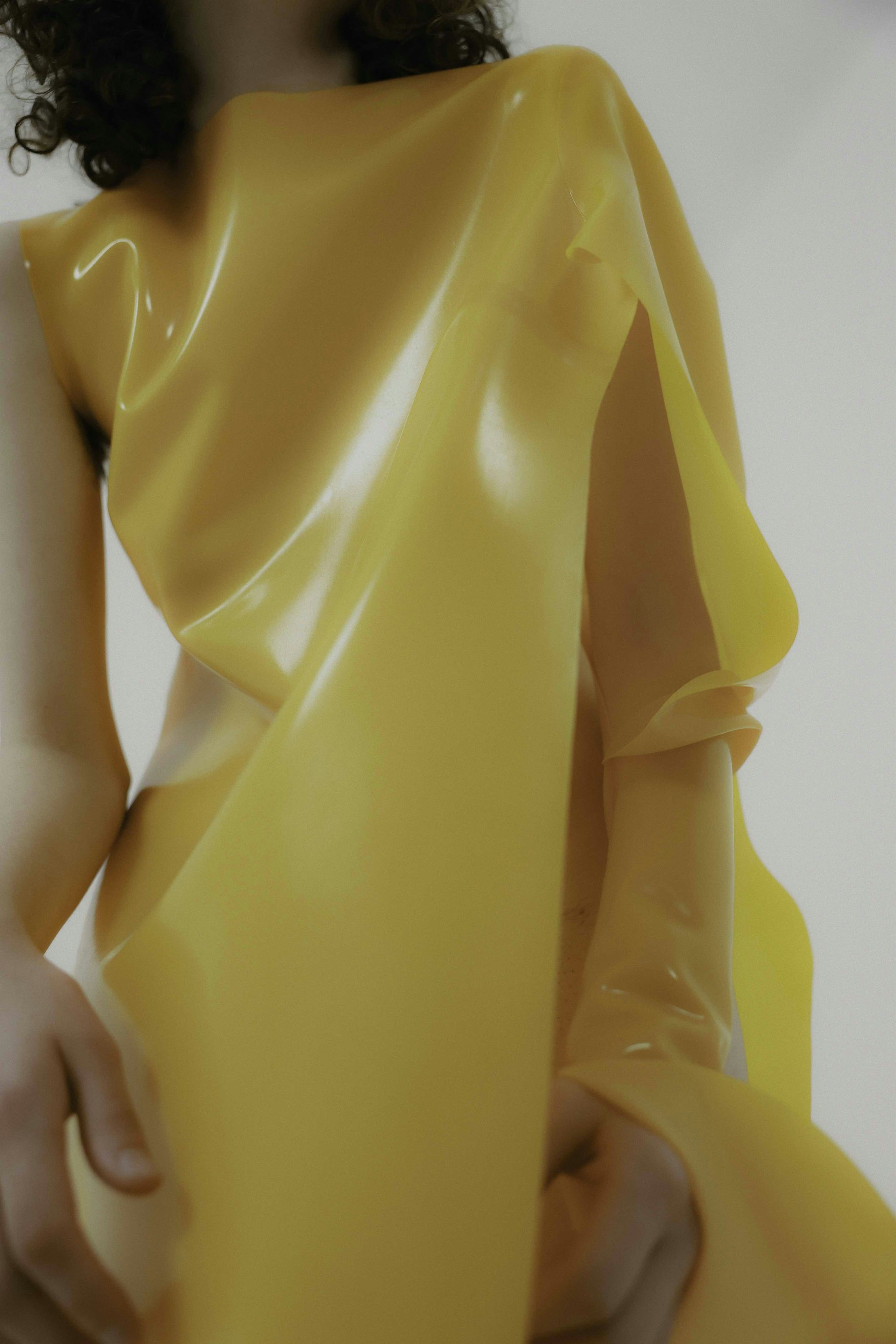
Lately, I feel there have been more and more projects operating at the intersection of art and fashion. Is this a trend you noticed too, perhaps even a movement?
There’s definitely lots of projects operating at intersections of all kinds of fields. These definitions seem to become more and more outdated in the metaphysical reality of a world that is all about interconnectivity. If that could or should be called a movement is an open question. It is a shared desire as much as an aesthetic decision and marketing strategy.
Your collection uncovers is made from latex. When did you first start experimenting with the material? What makes it special to you?
In 2021 we were asked to create costumes for ‚Echoic Choir‘, a performance of vocalist Stine Janvin and choreographer Ula Sickle. `Echoic Choir` is dealing with the ritualistic experience of coming together on the dance floor in the late hours of the night. To support the movements and sounds latex seemed like the right materiality to add another layer to the performance. We’ve been immediately attracted by its touch and how it touches your body vice versa. The space in between the body and the loose latex became important to us and since then, we’ve been using latex for several projects, creating more object-like pieces like an umbrella for example, a limited edition of face masks and installations at Kunsthall Stavanger and in January at gallery Jan Mot in Brussels we will build a latex passage for artist Manon de Boer.

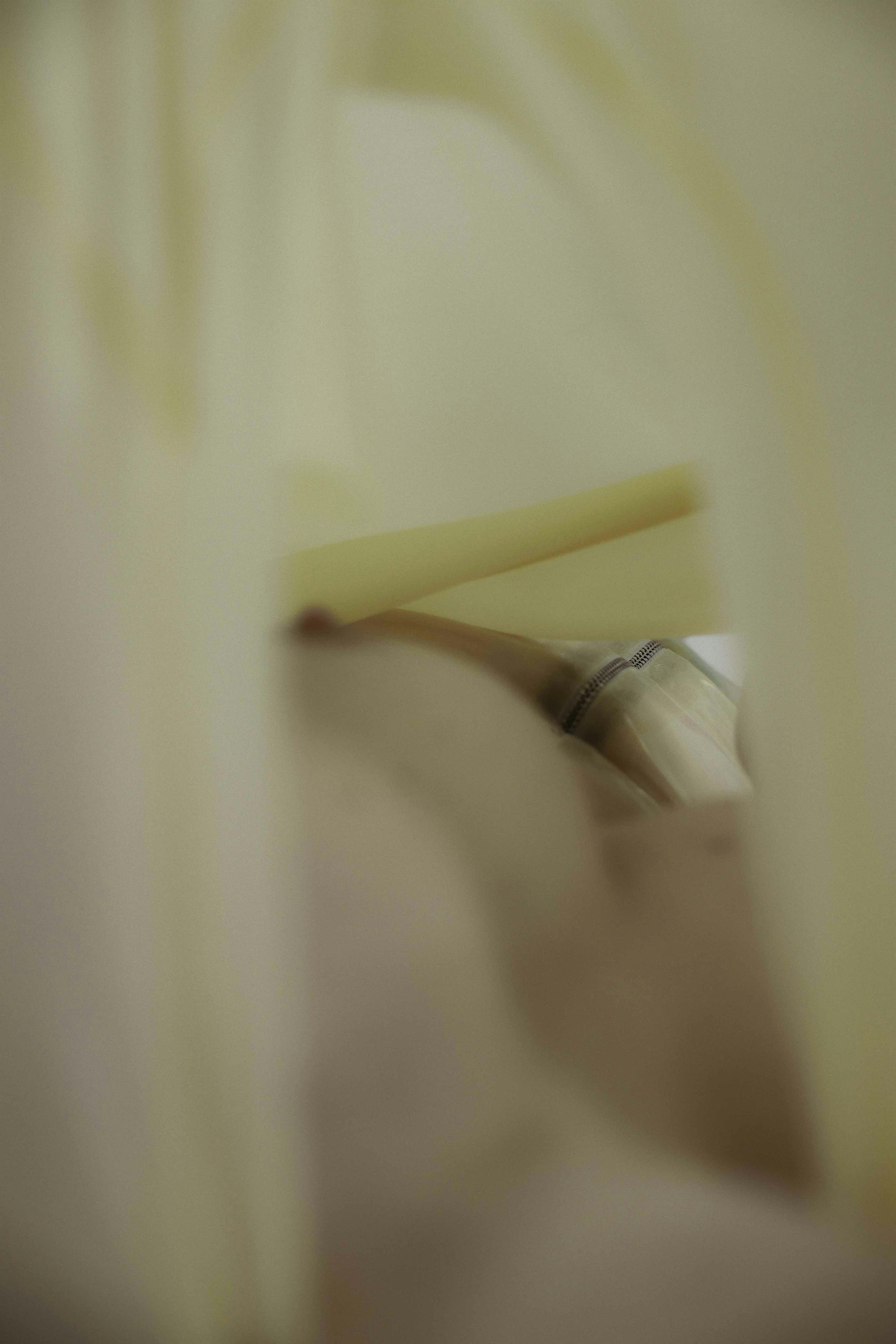
Uncovers, in a way, is non-clothing. You put on latex clothes, but the effect is akin to wrapping yourself in a second skin. How do people deal with this challenge? Is it awkward? Is it liberating
The first time we tried on a latex piece it was a rather surprising experience - in a very positive sense. We couldn’t stop touching the material and wanted to experiment more with it. Actually, we observe similar reactions with most people who touch and try on latex the first time. The materiality is so linked to images and perceptions of a particular fetish culture. For this reason we wanted to play with atypical and looser shapes that give the pieces space to interact freely with the body and allow you to easily slip in and out. Putting on these semi-transparent second skins almost changes one’s attitude towards your own sweat and nudity. The latex takes on your body temperature very quickly and since it doesn’t allow for breathability you will start to sweat but without having the feeling of transpiration.
Ideas of utopia can be a stimulus to stretch our imagination
Uncovers is inspired by the utopian intellectual tradition of nudism. Can you tell us more about that?
By chance we came across a text by art historian Annebella Pollen on the utopian promises of nudism and anti-fashion futures that enjoyed great popularity in intellectual circles particularly in between the two world wars in England. According to Pollen the nudist movement is the most extreme example of dress as materialisation of political ideology. Nudism was traded as a proposed solution to improve the social structure, but also the quality of life and personal well-being. ‘Cast off the tawdry accumulation of convention, and all the petty personal trash!’, Pollen quotes from a nudist manifesto of the time.
At the same time, uncovers is not just concerned with past utopias, but also the future of the human body, the way it seems to merge with technology. To some, this is a rather dark vision of the future. Do you see a utopian promise in that as well?
The progression of time is neither utopian nor dystopian. But ideas of utopia (and dystopia - since the two always belong together as each other's counterparts) can be a stimulus to stretch our imagination. It is the state before things turn out not to work out the way we wanted or solutions expose new problems. To us it is important to keep on going in both our individual lives and und the evolution of our human kind including all future bodies.
Presentation of Uncovers at Salon am Moritzplatz, November 11, 2022
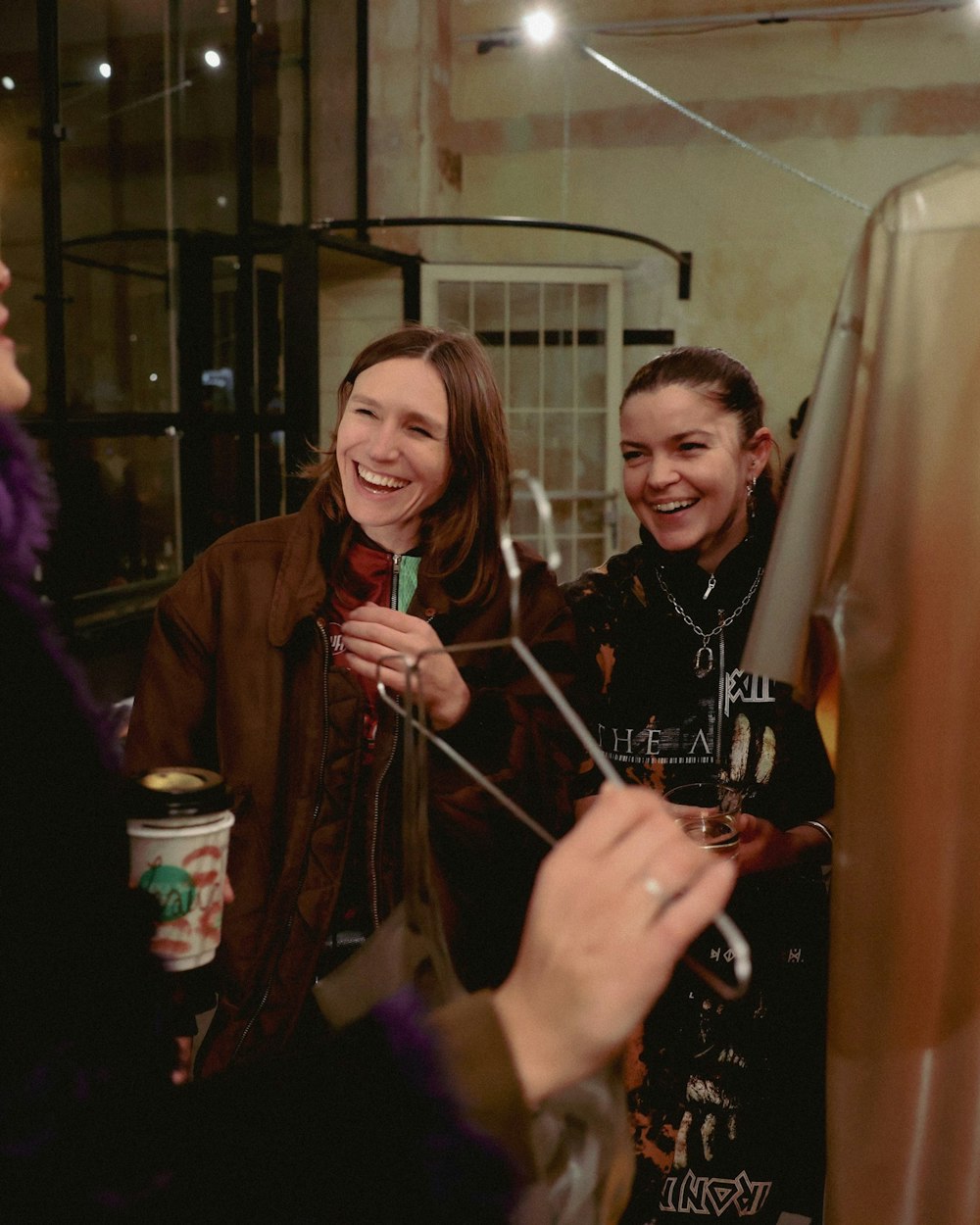
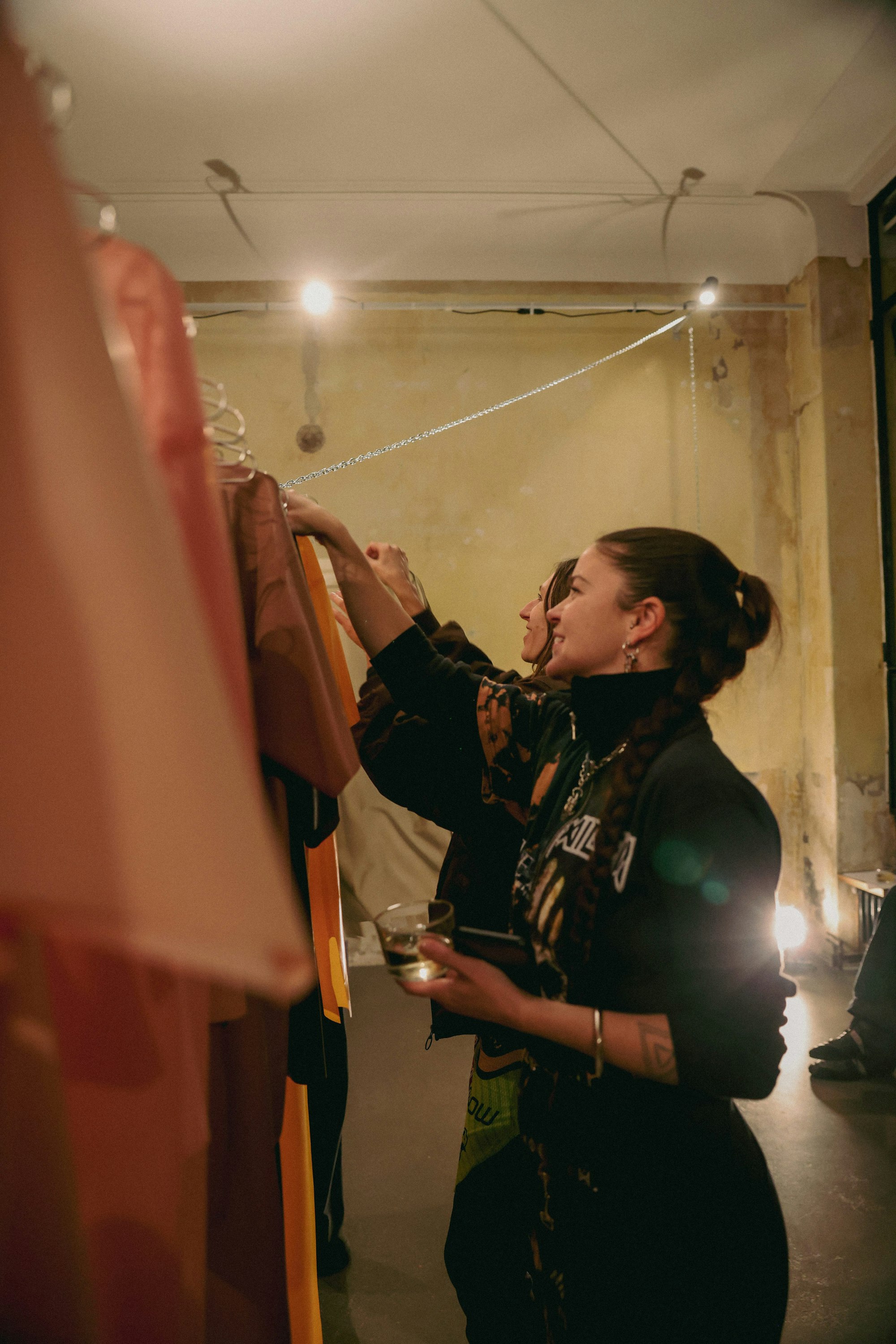
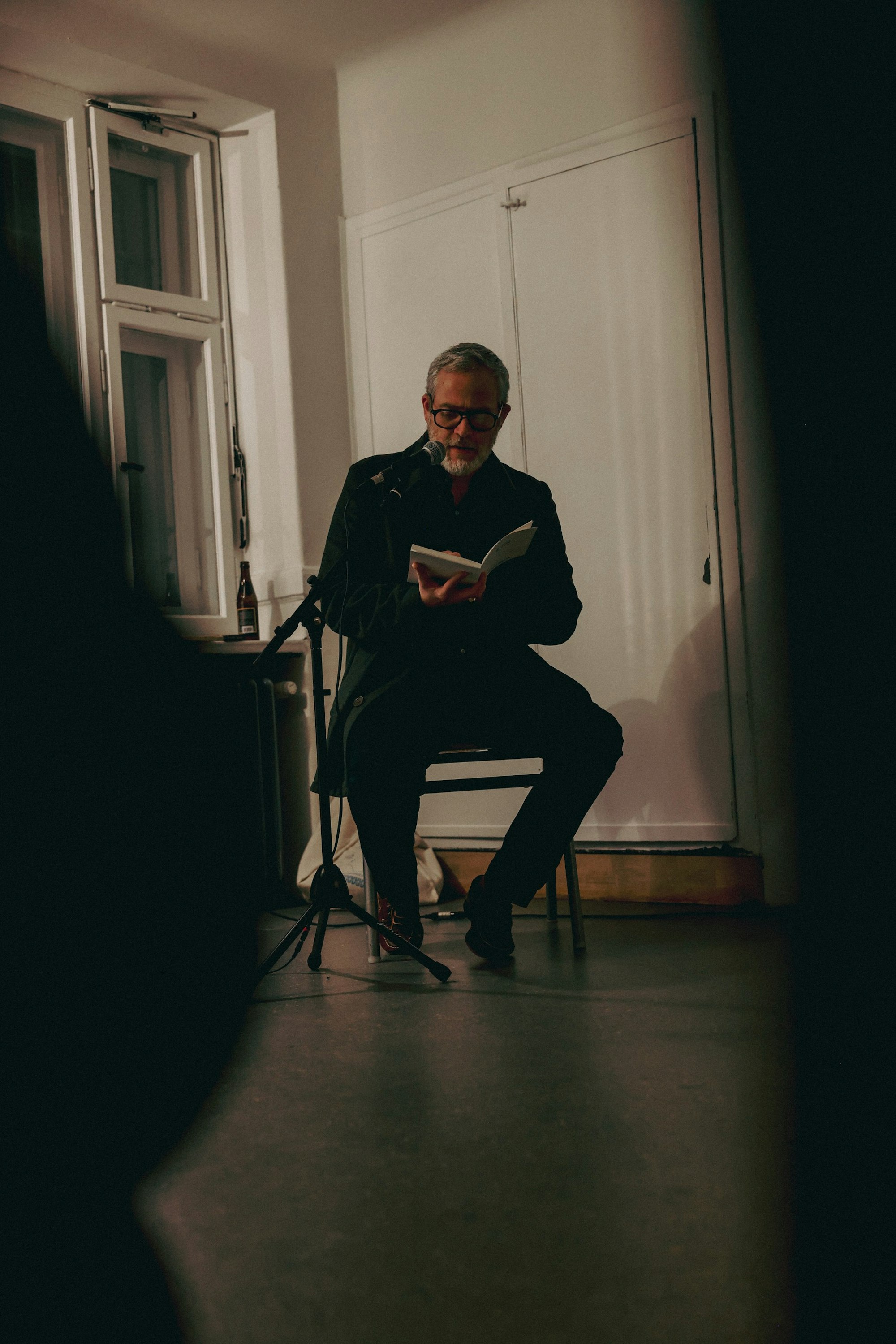
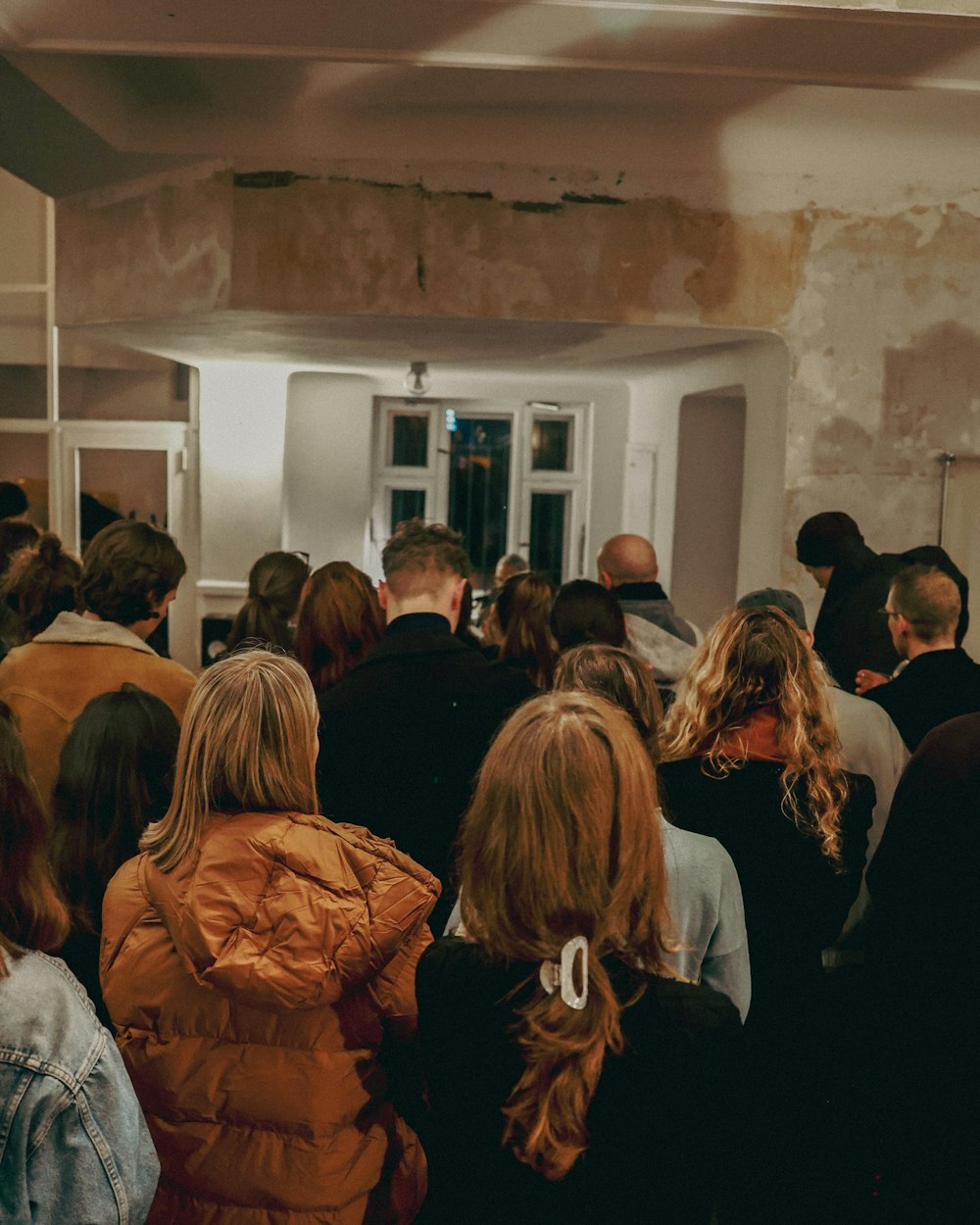
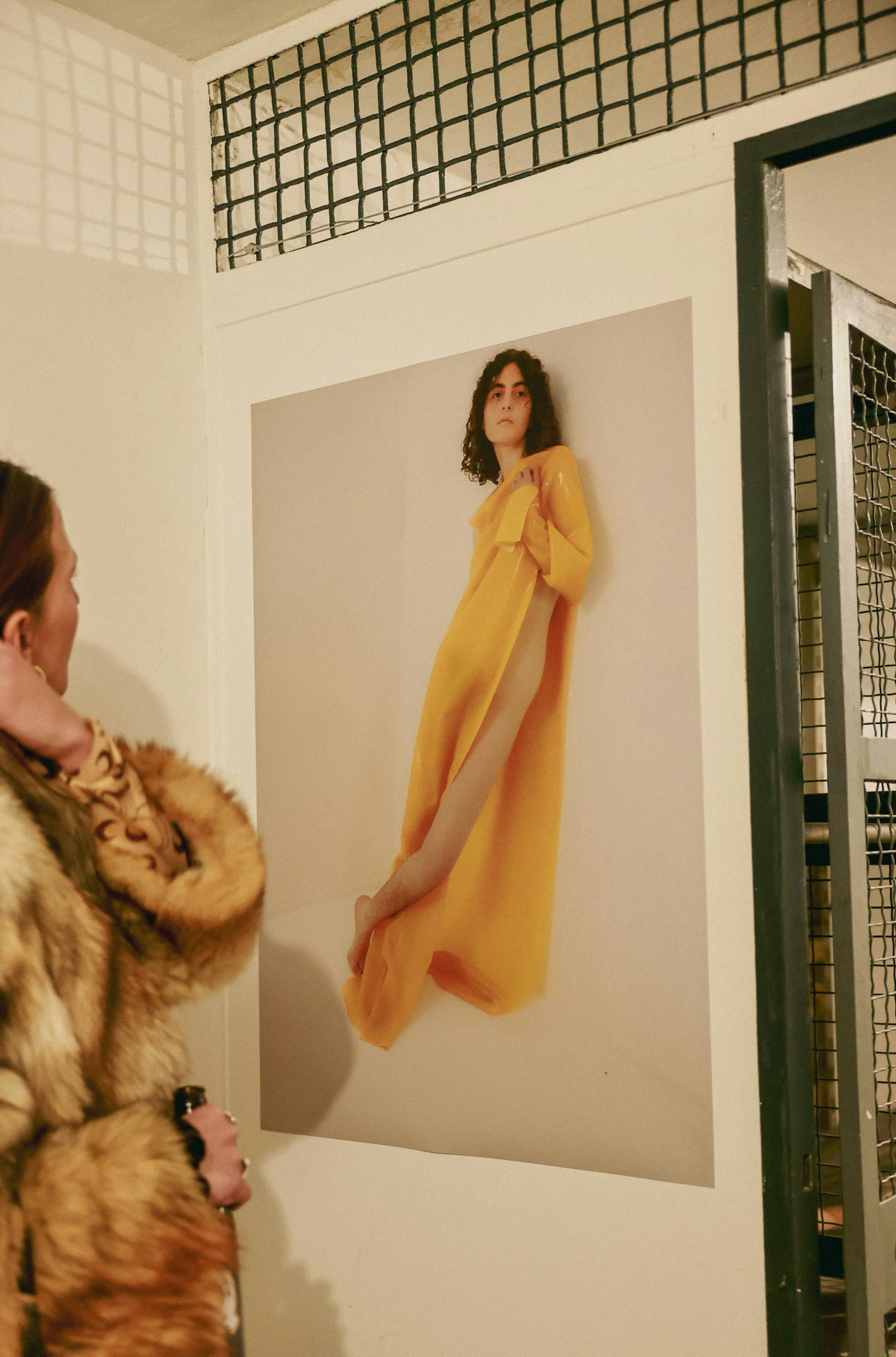
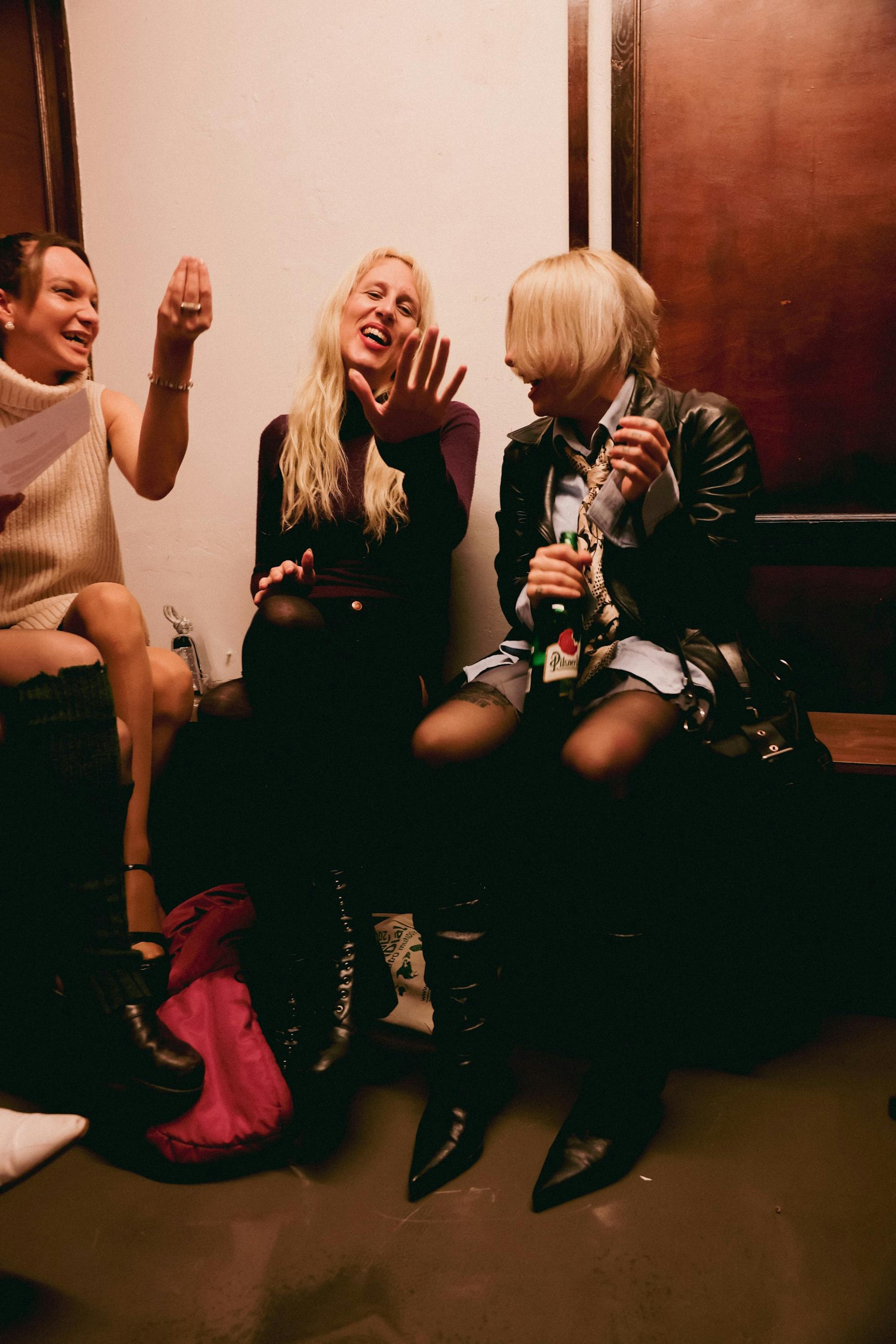
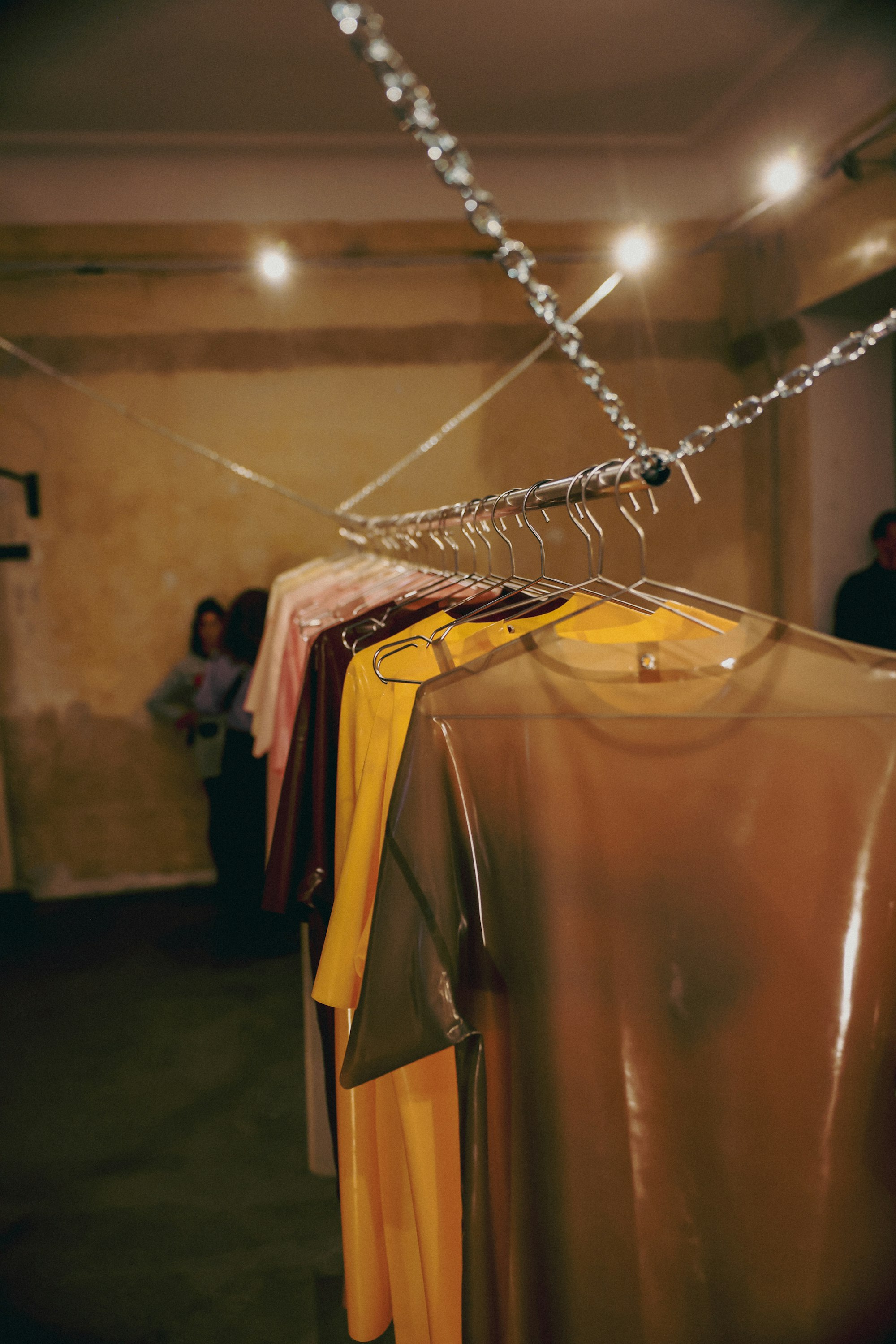
Wang Consulting
Wang Consulting is a collaboration between artists Joelle Laederach and Sabrina Seifried. Laederach is a Swiss artist and a fashion designer. She is based in Berlin and has collaborated with various artists and labels such as Chloé and Ottolinger. Seifried works in fashion and costume design and has collaborated with artists like performance choreographer Ula Sickle. She has also created costume designs for music videos, for example for German hip hop band Deichkind. Both Joelle and Sabrina have taught at the University of Applied Science in Hamburg.
Interview: Patrik Gräb
Photography: tchane